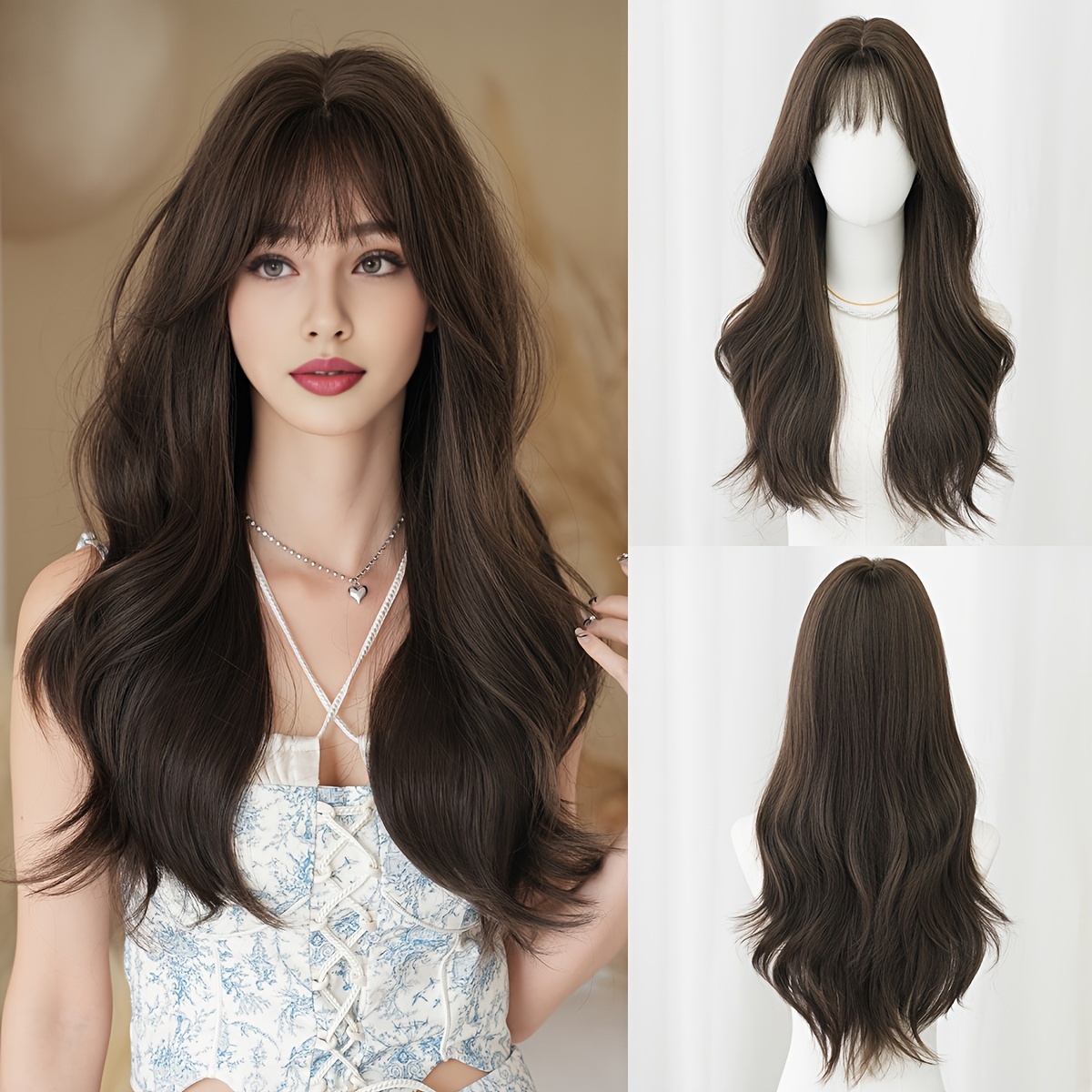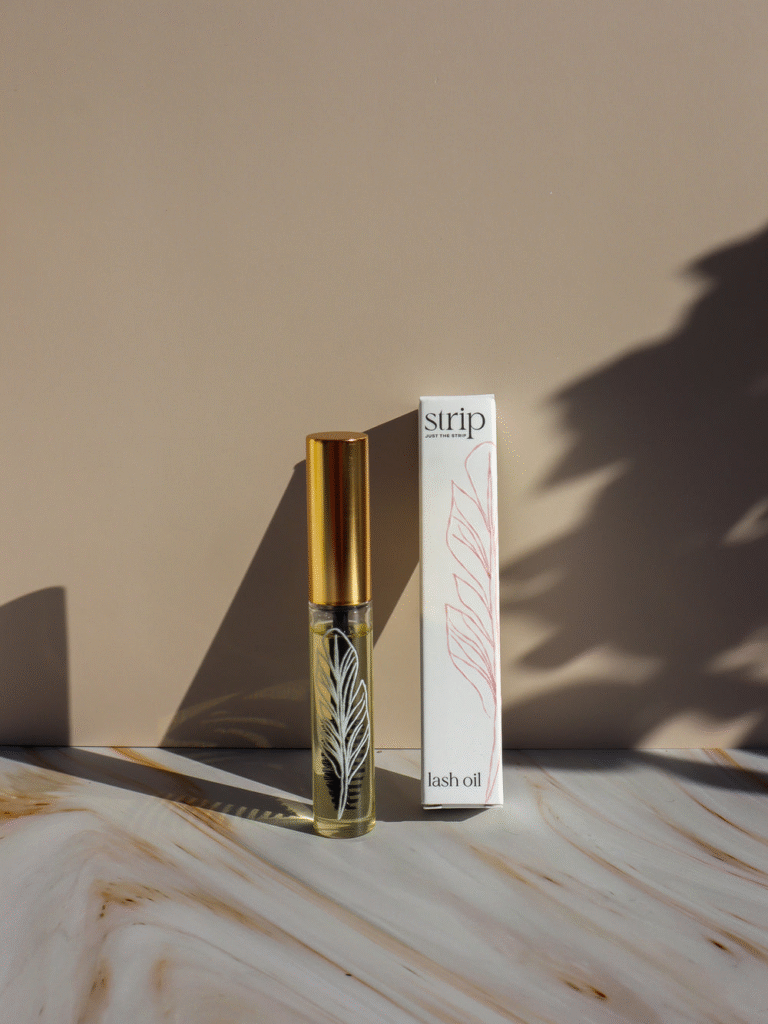
Getty Pictures
Have you at any time looked at a natural beauty item label and questioned what in the world fifty percent the terms necessarily mean? Regardless of whether you’ve been in the skincare game for a handful of months or a number of a long time, you’re likely at minimum semi-acquainted with the ever-increasing checklist of attractiveness trends, buzzwords, and promoting slang. Considerably of the staple jargon—like “non-comedogenic” and “cleanse”—has been adequately coated previously, so we are shifting our focus to some of the more the latest terminology which is firmly planted in the skincare lexicon. Contemplate this your top cheat sheet to splendor labels.
Broad Spectrum
The environment of sunscreen has its incredibly possess (and really long) record of jargon. What you need to have to know about “broad spectrum” sunscreen is that it guards your skin from the two main varieties of ultraviolet (UV) rays: UVA and UVB.
“UVA is most responsible for triggering signals of getting older, and UVB is most dependable for sunburns and skin cancer,” explains Muneeb Shah, MD, a board-licensed skin doctor who’s amassed a subsequent of 6 million on TikTok for his skin knowledge.
Every sunscreen you use ought to be broad spectrum in order to be thoroughly safeguarded. Fortuitously, nearly all modern-day sunscreens are broad spectrum, so that should be easy ample.
Clinically Tested
This phrase is very similar to “dermatologist analyzed,” only it refers to products remaining tested in a medical placing. Dr. Shah suggests that a great deal of merchandise are clinically tested, but that does not always signify that they had any success that had been helpful. Imagine of it this way: everyone can acquire a take a look at, but it doesn’t necessarily mean you obtained an A.
“Most reliable pores and skin care makes do take a look at for security on at minimum 30 individuals prior to releasing a item. Now some manufacturers take it a move even more and will do tests for efficacy,” says Dr. Shah. “Most of the outcomes are participant-documented, or described by the firm executing the tests. In essence, the screening can be pretty biased.”
Though screening for safety, stability, and longevity is super crucial, Dr. Shah says not to hang your hat on the phrase “clinically analyzed.”
Shade Correcting
You’ve possible seen the time period “color correcting” on tinted moisturizers, BB creams, or CC lotions (which is wherever the title “CC” really arrives from). This usually refers to a short term seen night of the complexion, as opposed to a bodily long term improve.
“Most shade correcting solutions have elements that stability out pores and skin tone. For illustration, the addition of environmentally friendly oxides in skincare products and solutions support to balance out redness,” says Dr. Shah. “Some products, like Dr. Jart’s ($52 sephora.com), have ingredients that essentially handle underlying redness, like centella asiatica.”
Dermatologist Examined and Approved
Here’s yet another marketing phrase that will get customers pumped up, but does not in fact maintain as considerably bodyweight as you’d assume.
“Dermatologist analyzed and permitted suggests that a dermatologist reviewed the clinical information and components ahead of the merchandise was brought to the market. This phrase implies minimal with regard to the aesthetics or effectiveness of the solution itself,” claims Joshua Zeichner, MD, a NYC-centered board-licensed dermatologist.
Even though it is nice to have that stamp of acceptance from an specialist, it is significant to acquire this phrase with a grain of salt.
DNA Repair service
DNA repair is the epitome of a skincare buzzword. The fact is that it is a rather free and undefined term—kind of like how “clean” has its have definition based on the model.
“True DNA mend is finished by enzymes in our individual overall body that can understand DNA damage, take out the DNA destruction, substitute it with a standard piece of genetic code, and then glue it back again with each other,” points out Dr. Shah. “Some merchandise that declare to be DNA fixing will be anti-oxidants that help to protect in opposition to DNA problems. On top of that, some folks will declare that sunscreen is DNA repairing.”
With that in brain, there actually is a burgeoning category of skincare products that may perhaps go higher than and beyond this loose definition.
“They comprise enzymes identical to our possess repair mechanisms, like photolyase observed in Neova DNA Complete Mend ($89 dermstore.com). These are promising, but more studies are desired,” claims Dr. Shah. “There is one enzyme that was developed pretty much a decade back that was actually found to fix DNA—T4 endonuclease V—but it really hasn’t taken off in the mainstream.”
Epidermal Growth Aspects
Frequently abbreviated EGF, epidermal expansion components have truly picked up momentum in the very last a number of several years. For case in point, Bioeffect EGF Serum ($165 amazon.com) has manufactured a splash, and platelet prosperous plasma (PRP)—an increase-on therapy in a lot of in-business procedures—contains expansion things, as properly.
“Simply place, growth components are messengers that inform our cells to behave in a youthful, healthier fashion to regenerate,” suggests Dr. Zeichner. “However, it is unclear how successful these expansion aspects genuinely are and if they even penetrate into the pores and skin at all.”
In essence, scientific details has yet to catch up to the exhilaration, but EGFs display guarantee. This is a room to observe.
Hypoallergenic
According to the Food and drug administration, hypoallergenic cosmetics are basically solutions that producers claim develop fewer allergic reactions than other beauty items. The difficulty is that there are no genuine federal standards or definitions that govern the use of the phrase “hypoallergenic,” indicating that it can indicate no matter what a particular corporation would like it to mean.
So why do organizations use it? The phrase is generally used for internet marketing to direct consumers to feel that items will be gentler to their skin than non-hypoallergenic cosmetics, but do not get that to imply that they certainly won’t give you an adverse reaction. The fact is that there is no these kinds of point as a universally “hypoallergenic” beauty. Both equally dermatologists and the Food and drug administration agree that it has extremely tiny which means, so you ought to often head into a new skincare item with warning by patch screening.
Patented Know-how
The phrase “patented” might bring about one thing in your head that states, “Ooh, this have to be a great one!” In actuality, even though, patented engineering only implies that a merchandise utilizes technology that’s protected by a patent. It does not always discuss to the high-quality or efficacy.
“Who owns the patent is yet another story, as it can be owned by a substantial business that licenses out the use to many unique corporations, so it could not be one of a kind to that unique product or service,” states Dr. Zeichner.
The ethical of the tale is to not enable the phrase “patented” persuade you also a great deal. It is neither inherently excellent nor terrible.
Protein Brokers
“Protein agents—also regarded as peptides—are molecules of various measurements that convey to our pores and skin cells to do a unique task,” states Dr. Zeichner. “For instance, some proteins minimize irritation, other individuals brighten the pores and skin, and other individuals enrich mobile turnover.” In that perception, you can assume of protein agents as minimal messengers who do the job overtime for your pores and skin.
10-no cost/15-no cost
You could have found these terms (a amount with a hyphen and absolutely free) on nail polish bottles. No cost is a phrase that implies a nail polish is free of a selected volume of toxic chemical substances.
This contains 3- totally free, 5- totally free, 7-totally free, 9-free of charge, or 10-absolutely free, with 10-totally free being thought of the purest of all ‘free’ nail polishes. That indicates they are produced without having 10 of the most common chemical compounds located in nail polishes: toluene, Dibutyl Phthalate (DBP), Formaldehyde, Formaldehyde Resin, Camphor, Ethyl Tosylamide, Xylene, parabens, animal by-merchandise, and fragrance. In other text, the increased the variety, the better the formula.






